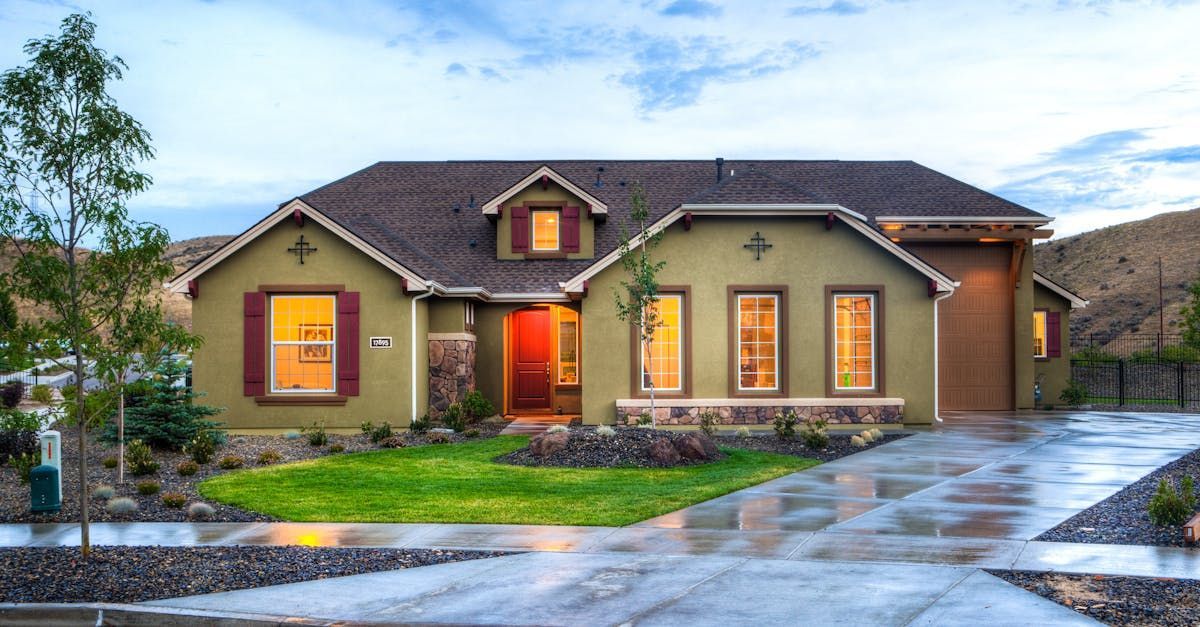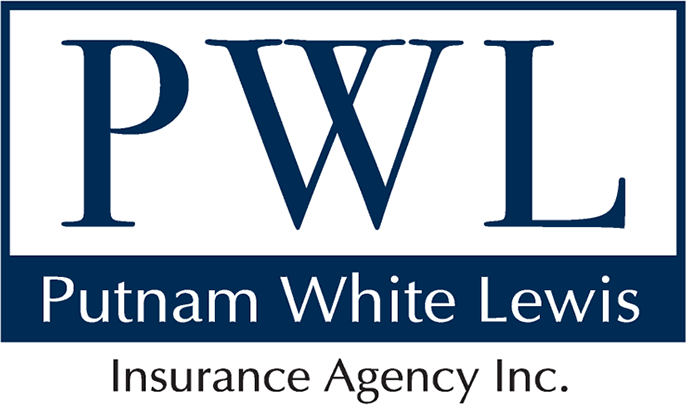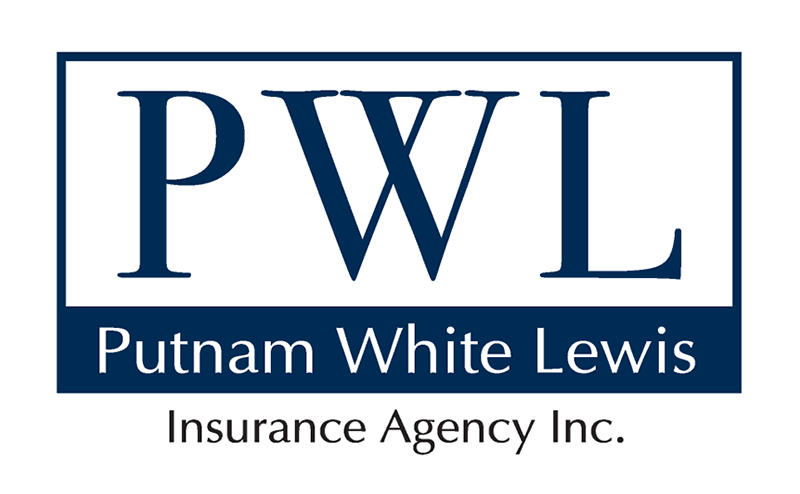Why It’s Important to Inform Us of Life Changes
As your insurance provider, it’s crucial that we stay up-to-date with the important changes happening in your life. This ensures that your coverage reflects your current needs and protects the assets you’ve worked hard to acquire. Life is full of exciting moments—whether you’re making new purchases, upgrading your home, or adding valuable possessions to your collection—and these moments should be safeguarded. Here are some key reasons why keeping us informed of changes like these can make all the difference.
New Purchases: ATVs, Boats, RVs, and More
If you’ve recently purchased a recreational vehicle like an ATV, boat, or RV, congratulations! These are wonderful investments that bring fun and adventure, but they also introduce new risks. Informing us about these purchases allows us to adjust your policy accordingly. Recreational vehicles often need special coverage, which standard policies might not include. This means we can help ensure you're fully covered if any accidents or unexpected events occur while you're out enjoying your new ride.
Valuable Items: Jewelry and Collectibles
Whether it’s a new piece of jewelry, a rare art collection, or any other high-value item, it’s important to inform us so we can protect it properly. Many homeowners’ insurance policies have limits on coverage for valuable items. By updating your policy with us, we can make sure your prized possessions are fully covered against theft, loss, or damage. You’ve invested in these items; now let’s invest in their protection.
Home Additions and Improvements
If you’ve made additions or improvements to your home, such as adding a new room, installing a swimming pool, or upgrading your kitchen, it’s time to review your insurance coverage. These upgrades can increase the value of your home, and if your policy doesn’t reflect that, you could be underinsured. Let us know about any home improvements so we can ensure that your entire property is covered at its full, updated value.
Keeping us in the loop allows us to tailor your insurance policy to fit your evolving lifestyle and the assets you want to protect. Don’t wait until an accident or loss happens to find out you’re not fully covered. Schedule a consultation today, and let’s review your policy to make sure it aligns with the changes in your life.





Columbus, OH Office
614-267-1269
800-267-6724 (toll-free)
Lancaster, OH Office
740-653-0602
800-267-6724 (toll-free)
Office Hours
Mon-Thur: 9am-5pm
Friday: 9am-4pm
All Rights Reserved | Putnam White Lewis Insurance Agency Inc.
